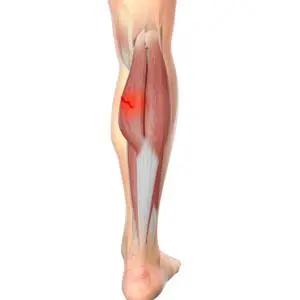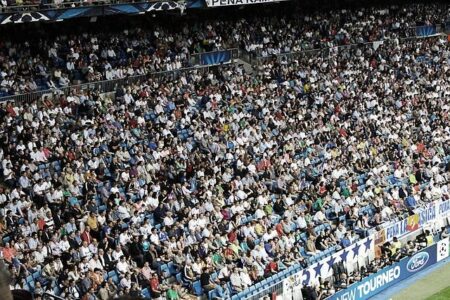Medial gastrocnemius tears are a common injury among athletes, often causing significant downtime and raising questions about the precise anatomical structures involved. Is the damage primarily to the muscle fibers, the aponeurosis, or the tendon? A new discussion on BMJ Blogs delves into the complexities of these injuries, shedding light on their diagnosis, treatment, and implications for sports medicine. As clinicians and athletes alike seek clearer answers, understanding the exact site of injury is proving crucial for effective management and faster recovery.
Medial Gastrocnemius Tears Explained Understanding the Role of Muscle and Tendon Structures Diagnosing Injury Location for Targeted Treatment Rehabilitation Strategies Based on Tear Type
The medial gastrocnemius is a complex muscle-tendon unit crucial for powerful ankle plantarflexion during activities like sprinting and jumping. Injuries can involve different structures: the muscle belly, the aponeurosis (a fibrous tissue layer connecting muscle fibers), or the tendon attaching the muscle to the Achilles. Each site carries distinct implications for recovery and function. Muscle tears usually cause localized pain with swelling and bruising, often resulting from direct overload or sudden eccentric contractions. Conversely, aponeurosis injuries are less visible but can significantly impair force transmission, while tendon tears represent a more severe disruption potentially requiring surgical intervention. Understanding these nuances is pivotal for clinicians and athletes aiming to optimize treatment and minimize downtime.
Accurate diagnosis hinges on advanced imaging techniques such as ultrasound and MRI, which help pinpoint the tear’s exact location and severity. This precision guides tailored rehabilitation protocols designed around the injured component:
- Muscle belly tears: Focus on progressive loading and flexibility to restore muscle strength.
- Aponeurosis involvement: Emphasize controlled eccentric exercises to aid fibrous tissue remodeling.
- Tendon disruptions: May necessitate immobilization or surgical repair followed by gradual reactivation.
The table below summarizes key rehabilitation strategies aligned with injury type:
| Injury Type | Primary Treatment Focus | Typical Recovery Time |
|---|---|---|
| Muscle Tear | Strength restoration, flexibility | 4-8 weeks |
| Aponeurosis Tear | Controlled eccentric loading, tissue remodeling | 6-10 weeks |
| Tendon Tear | Immobilization or surgery, gradual reactivation | 3-6 months |
Wrapping Up
In the complex landscape of sports injuries, medial gastrocnemius tears remain a subject of ongoing investigation and debate. As this BMJ Blogs article highlights, understanding whether the damage primarily affects the muscle fibers, aponeurosis, or tendon is crucial for accurate diagnosis, effective treatment, and optimized recovery protocols. With advancements in imaging techniques and biomechanical research, clinicians are better equipped than ever to tailor interventions to the specific site of injury. Ultimately, continued interdisciplinary collaboration and focused research are essential to refine our approach to these common yet intricate injuries, ensuring athletes can return to their sport stronger and safer than before.





